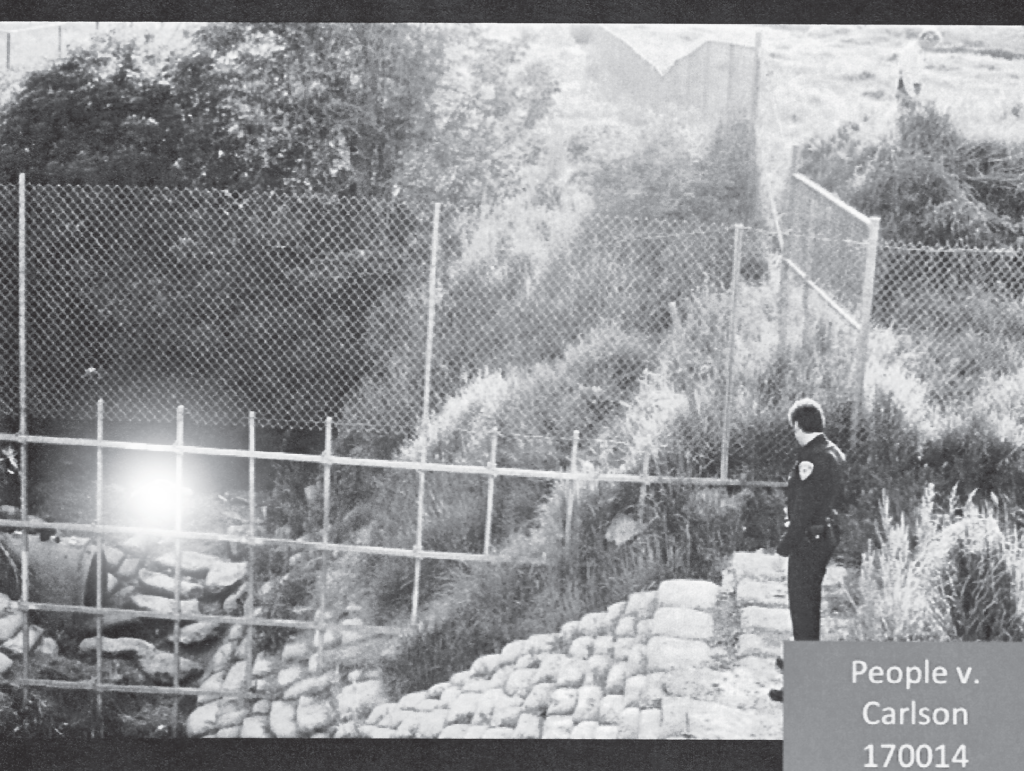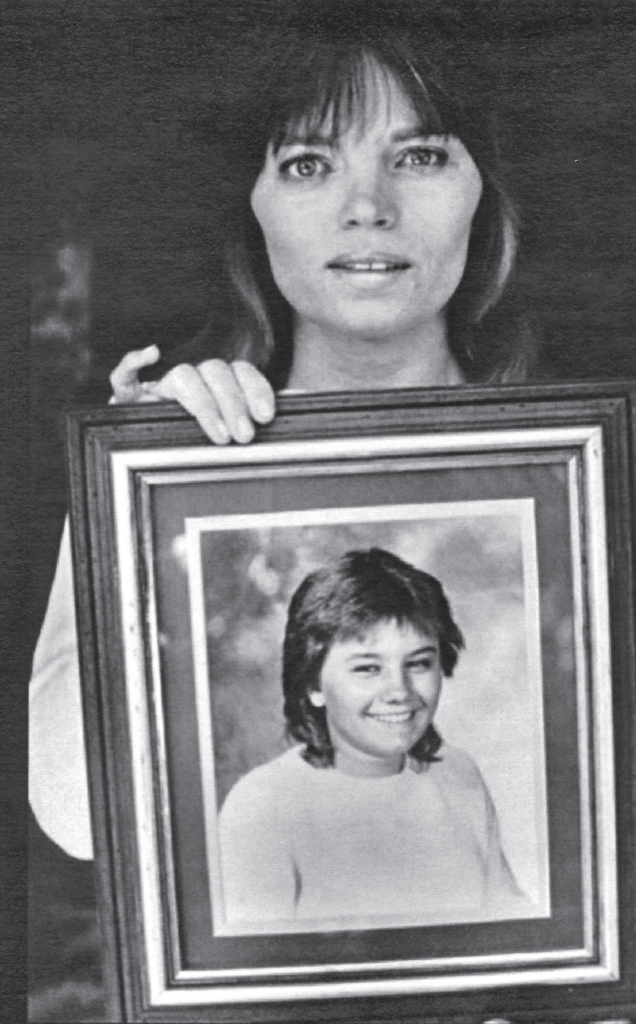
It was almost the perfect crime. Stabbed forty-four times, sixteen-year-old Tina Faelz had been murdered in a tucked-away blind spot of Pleasanton, California, her body found in a drainage ditch just a stone’s throw away from her home. No witnesses to the actual event, barely a shred of evidence at the scene, and alibis for the major suspects that all, incredibly, seemed to check out. In 1984, there was no municipal security camera footage to check, nor any digital footprint to follow. In short, Steve Carlson nearly got away with it—for well over twenty years.
Until the day the dead began to speak.
Author and journalist Joshua Suchon, in his book Murder in Pleasanton: Tina Faelz and the Search for Justice, tells the incredible story of a murder investigation that started hot and gradually, achingly, grew colder and colder over time. It’s a story of disaffected young men and women, of families broken by drug and alcohol abuse, of a community rife with mistrust and resentment at the authorities who tried unsuccessfully to close this case. And a story, ultimately, of the emerging science of DNA testing, one of the most powerful tools in the investigative arsenal.

The problem wasn’t that police didn’t have a suspect. Carlson, one of Tina Faelz’s high school classmates, had been fingered for some involvement early on, but detectives couldn’t conclusively tie him to the case. Beset with drug and alcohol addiction, antisocial, and belligerent, before he moved away from the Pleasanton area Carlson had even half-bragged to his peers at parties and other gatherings that he had killed her, or just as frequently, refused to deny that he had.
Unfortunately for him, however, a speck of blood did the talking for him. As we’ve explored before, evidence can be found in surprising places. One of the few pieces of usable evidence collected at the scene, Faelz’ purse—spattered with various bloodstains—had been found hanging from a branch of a tree, presumably thrown there by her killer. As Suchon details, while authorities weren’t able to fully examine it at first, as the years drew on, and the leads ran dry, it sat silent in drawers and shelves, patiently waiting.
Tina Faelz, Decades Later
By the late 2000s, more than two decades after Faelz’ death, DNA testing had matured considerably, enabling a closer examination of her purse. At the federal lab in Quantico, Virginia, FBI biologists conducted a series of tests on the dried blood that first revealed the presence of male DNA alongside Faelz’ own, and then, with a standardized level of certainty, the blood of one Steve Carlson. (Such a match wouldn’t have been possible had Carlson not stayed out of jail, but as Suchon records, his addictions over the years had landed him numerous different stints in the pen.)

An arrest on those grounds shortly followed, and as murder has no statute of limitations, a trial for what was by then a thirty-year-old crime. Naturally, the purse was at the center of the evidentiary hearings, with Carlson’s defense arguing that there was no way to determine how or when or why his blood had come to land on it. Unconvinced, the judge allowed the purse in, and as the state prosecutor argued to the jury, in the absence of anyone else’s biological material on any of the other evidence at the scene, “the only reasonable conclusion is he left that blood on her purse when he killed her.”
How did Carlson’s blood end up on Faelz’s purse? That fact will never be explained, but a fact it was, and it was fact enough for Carlson to be convicted. The severity of the crime—forty-four separate attacks with a knife—was fact enough furthermore for the jury to up the charge to murder in the first degree. Carlson’s sentence? Twenty-six years minimum—almost exactly the amount of time that had passed between the murder and his arrest—to life in prison max.
Amazing, isn’t it, what happens when the living and the dead begin to speak.





